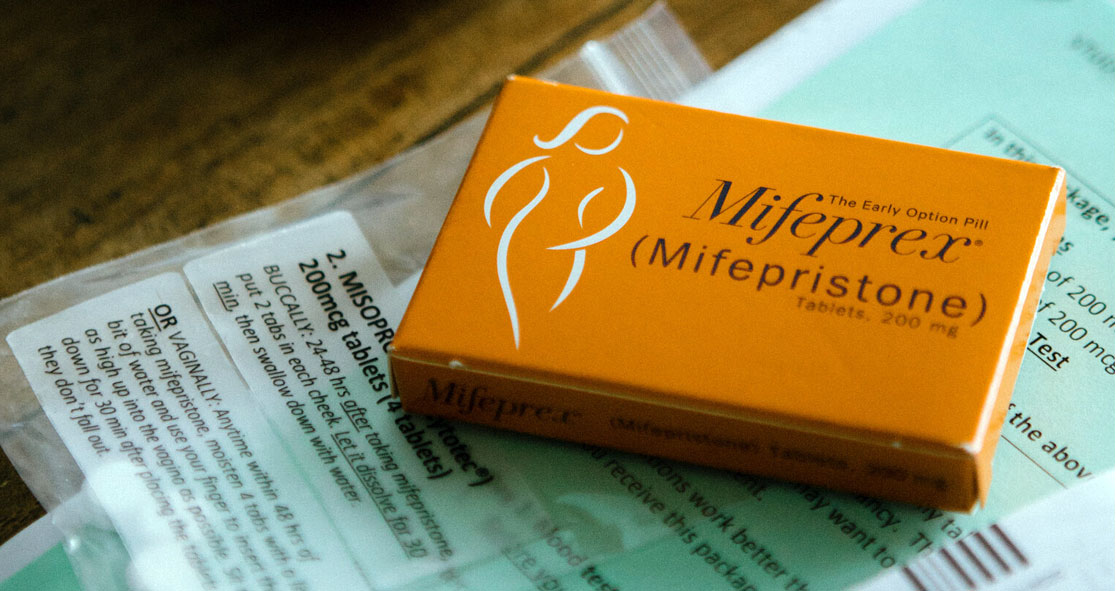A new study by the University of British Columbia has found that abortion remains safe and effective after Canada removed restrictions on mifepristone in November 2017, according to Science Daily.
The study, published Wednesday in the New England Journal of Medicine, looked at comprehensive health data to examine 315,000 abortions in Ontario from 2012 to 2020.
Researchers found no increase in abortion-related health complications after the Canadian government removed restrictions on mifepristone.
Lead author Dr. Laura Schummers said, “Complications were already very rare, and we found that abortion continued to be safe and effective when mifepristone was prescribed without restrictions.”
“This is the strongest evidence yet that it is safe to provide the abortion pill like most other prescriptions, meaning any doctor or nurse practitioner can prescribe, any pharmacist can dispense, and patients can take the pills if, when and where they choose,” she added.
The U.S. Food and Drug Administration (FDA) approved mifepristone in September 2000 for abortion. In July 2015, countries applied restrictions on using the abortion pill, which included a requirement that patients should take the drug under the supervision of a doctor. Plus, only trained physicians were allowed to dispense mifepristone, not even by pharmacists.
In November 2017, Canada removed many of these restrictions, which are still mandated by many countries, including the U.S.
Senior author Prof. Wendy Norman said, “Our study is a signal to other countries that restrictions are not necessary to ensure patient safety. There is no scientific justification for mifepristone restrictions, which only make it harder for people to access the care they need.”
“Canada’s experience offers a roadmap for other countries on how to safely improve access to family planning services,” she added.
The study’s co-author Dr. Sheila Dunn said, “We saw that patients and their health care providers rapidly began choosing medical abortion, which can sometimes be preferred over surgical methods by offering care closer to home and earlier in pregnancy.”
“As other studies have shown, making abortion more accessible does not increase the number of people seeking abortion,” she added. “We found that abortion rates continued to decrease after mifepristone’s availability as a normal prescription.”
The researchers presented a clear picture of abortion health outcomes, which they said provides the best data available on abortion safety.
Another co-author Dr. Elizabeth Darling said, “We were able to complete a robust safety profile for the entire province by linking together health records from all practitioner visits, hospital visits and outpatient prescriptions.
“This paints the most comprehensive picture of abortion safety to date, capturing any setting where a complication would present,” she added. “It demonstrates very clearly that restrictions on the abortion pill are not necessary for safety.”





















